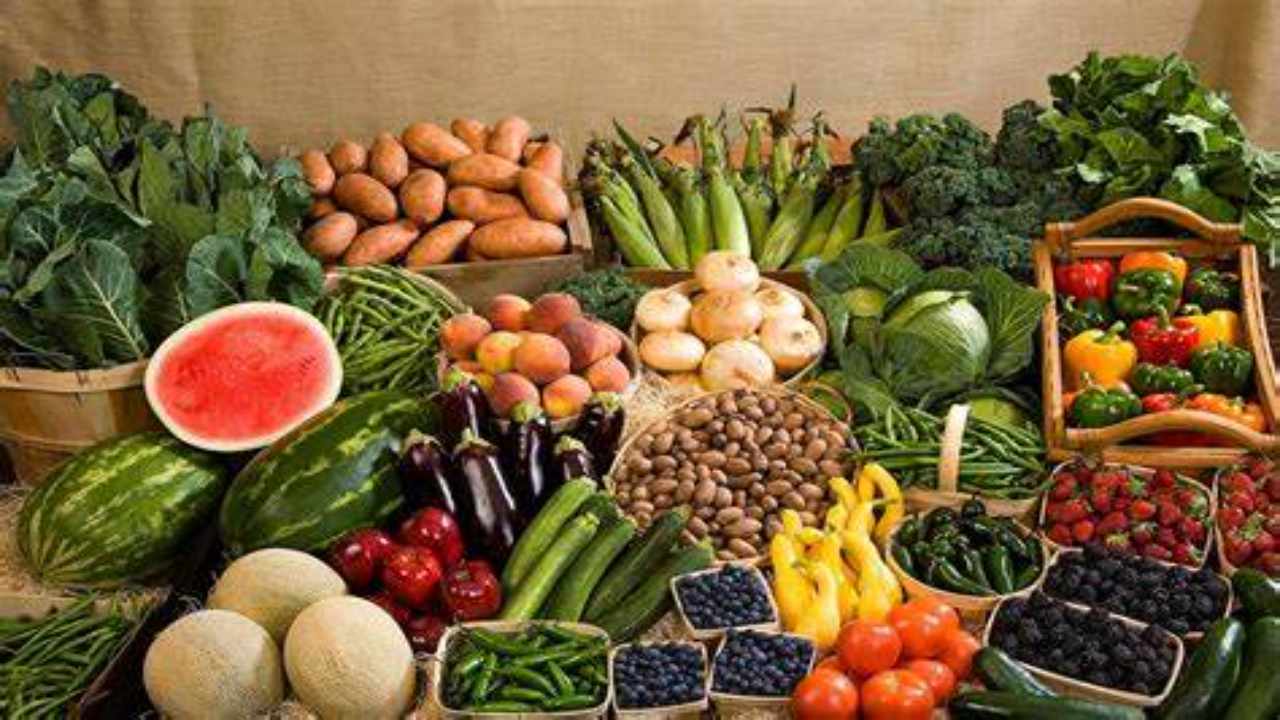India’s Unpopular and Untold Vegetables to Know About: Vegetables are unquestionably 100 percent beneficial for our bodies. As soon as you enter the market, you will notice a vast selection of vegetables. People might flock to the market to purchase nutritious, fresh, and delicious vegetables. Although we are familiar with many of the vegetables available in various regions of India, we are unfamiliar with a few. There are few unidentified vegetables grown in India that are only known to a small number of people or the locals. Due to their rarity, people may even doubt the existence of these vegetables. But you must acknowledge these incredible Indian vegetables, and now let’s learn about a few obscure and unknown Indian vegetables.
India’s Unpopular and Untold Vegetables to Know About
HATHICHAK: ARTICHOKE
Artichoke, also known as French artichoke or green artichoke, is found in both its natural and cultivated forms. The edible portion of the plant is thought to be the floral buds before the flowers begin to bloom. As a result of its high nutrient content, the vegetable has numerous health benefits, including lowering the bad cholesterol level, increasing the good cholesterol level, and aiding the liver.
THE NATIONAL PLUM (KARONDA):
Natal plum, also known as Carissa Macrocarpa, is cultivated in the subtropical regions of India. The fruit with the thick skin is not cultivated commercially in India, but it is ripe and should be handled with care. Life and Trends (www.lifeandtrends.com). The plum’s flavour is a combination of acidic and sweet flesh. Nonetheless, the plum contains a greater quantity of vitamin C, which helps you appear younger. In addition to boosting the immune system and respiratory health, it promotes healthy teeth and gums.
SURTI KAND (PURPLE YAM):
It is of the species Dioscorea alata. The purple yam also goes by the names violet yam and water yam. Additionally, it has grayish-brown epidermis and purple flesh. When the yams are prepared, they become delectably tender. Infused with a sweet and nutty flavour, they are also utilised in various types of dishes. Well, it is chock-full of vitamins, minerals, and antioxidants, which are beneficial to your health in a variety of ways, including regulating blood sugar and preventing colon, lung, and prostate cancer.
THE WATER CHESTNUT (SINGHARA):
As implied by the name, it would not take the form of seeds. However, they are the aquatic tuber vegetables cultivated in marshes, ponds, fields, and shallow lakes. These uncommon vegetables have crisp, white flesh that may be eaten fresh or cooked. People should not mistake water chestnuts and water caltrops for one another. This white crumbly vegetable is associated with multiple health benefits, including a reduced risk of cardiac disease and weight loss.
SQUASH, Indian (TINDA):
Indian squash, also known as apple gourd or Indian baby pumpkin, is an adolescent fruit and vegetable that is widely cultivated in South Asia. In North India, it is referred to as a laborious vegetable because it is used to prepare numerous dishes, particularly during the season. In the meantime, it is obscure in the southern regions of India. But what makes it healthful is the presence of antioxidants and anti-inflammatory agents that control the effects of hypertension, cardiovascular disease, and stroke. Also beneficial for constipation.


















